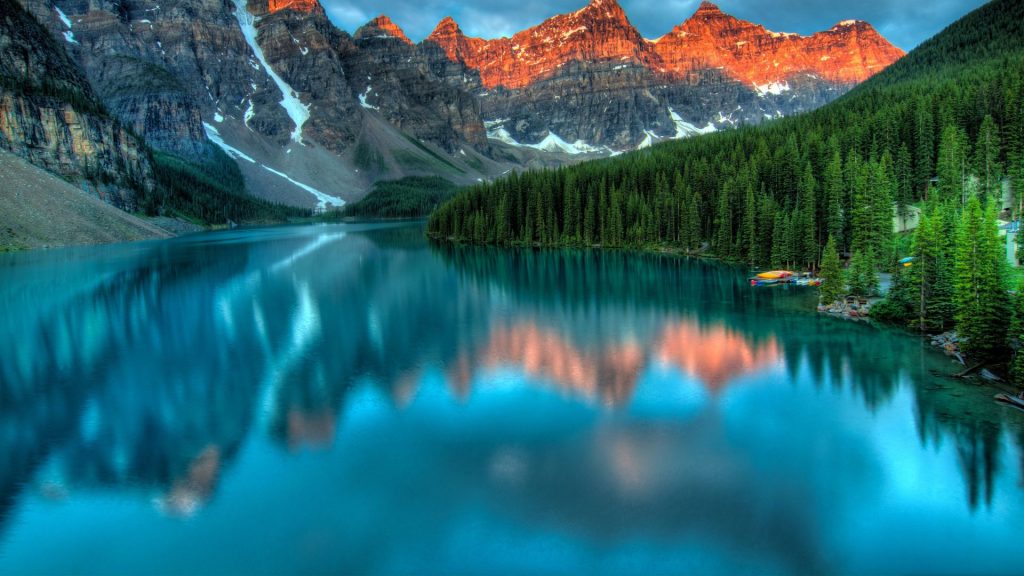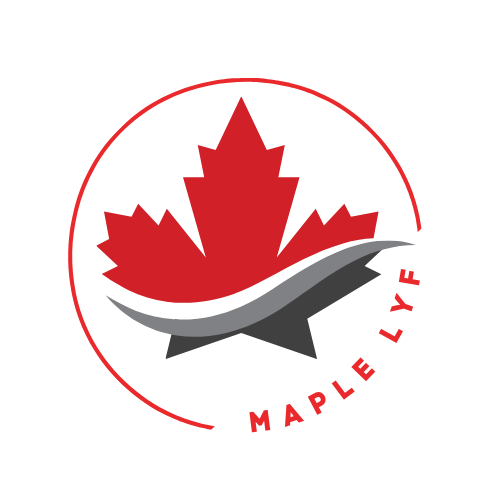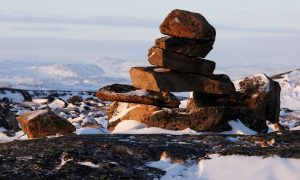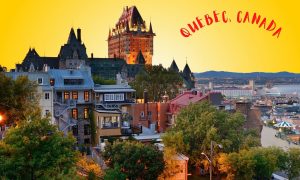
In western Canada, there is a province called Alberta. With a total area of 5,971,000 square kilometres, it is both the largest province in terms of land area in Canada and the fourth largest overall. The Central, Mountain, and Northern areas make up the province’s three divisions.
- The second-largest oil reserves in the world are in Alberta.
After Saudi Arabia, Alberta has the second-largest oil reserves in the world. Since the early 1900s, the province has been a significant producer of oil. Currently, nearly two thirds of Canada’s oil is produced in Alberta. In Alberta, the oil sands constitute a significant source of oil. An instance of this kind of sand are the oil sands. Northern Alberta is where the majority of the oil sands are found. It will take a long time to develop the oil sands because they are a very wide area.
- The fourth-biggest city in Canada, Calgary is the largest in Alberta.
The fourth-biggest city in Canada, Calgary is also the largest city in Alberta. There are 1 people living in the city. As a North West Company military outpost, Calgary was established in 1786. The site was situated where the South Saskatchewan River empties into the Bow River. The North West Company was dissolved in 1876, and the site was transferred to the Canadian Pacific Railway. The site had been chosen as the location for the new city in 1875. Due to the entrance of the railroads and the oil boom, Calgary experienced significant growth in the late 19th and early 20th century. The city of Calgary was formally incorporated in 1912.
- The capital of Alberta is Edmonton.
The capital of Alberta is Edmonton. The city, which has a population of over a million, is renowned for having extensive oil reserves. The National Arts Centre and the Canadian Museum of Nature are both located in Edmonton.
- There are roughly 4.5 million people living in the province.
With 4,598,598 residents as of July 1, 2016, Alberta is the fifth-most populous province in Canada. With a population growth rate of 1.9% as of 2016, it is also the province in Canada that is expanding the fastest.
With 1,564,610 residents, the Calgary metropolitan region is Alberta’s biggest urban area. With a total population of 1,433,590, the Edmonton metropolitan region is Alberta’s second-largest urban area. The three other main cities in Alberta are Red Deer, Grande Prairie, and Lethbridge, which together have a combined population of 127,160.
- With a wide variety of temperatures and precipitation, Alberta has a diverse climate. There are three main climate zones in the province:
The Interior Climate Zone is the farthest north, with lengthy, chilly winters and brief, cool summers.
The Mountain Climate Zone features the coldest, longest winters and shortest, coolest summers of the three climate zones and is also the highest and most isolated.
The Prairies Climate Zone, the southernmost of the three, with the hottest, longest summers and coldest, shortest winters. It has a semi-arid climate.
- Diverse fauna can be found in the province.
Deer, elk, bears, wolves, mountain goats, and cougars are just a few of the diverse animals that may be found in Alberta. The black bear, the Canadian lynx, and the grizzly bear are some of Alberta’s most well-known wildlife.
- The only province in Canada having a network of provincial parks is Alberta.
A stunning park called Alberta Provincial Park can be found in Alberta’s stunning Rocky Mountains. The foothills, the park, and the mountains are the three components of the park. The most accessible area for a wide range of activities, including hiking, biking, fishing, boating, and bird watching, is the foothills region. Backpacking, skiing, and snowboarding are among the more difficult sports available in the park region, which is also significantly more remote. The most remote and difficult activities, including mountaineering, skiing, and climbing, are found in the mountainous region. Grizzly bears, elk, beavers, and other species can be seen in the park.
- With important contributions to Canadian music, literature, and film, the province has a rich cultural heritage.
Century-long cultural heritage can be found in Alberta. Alberta has a rich cultural heritage that includes everything from the province’s long-standing First Nations population to the pioneers who came here in the late 19th and early 20th centuries.
The ceremonial practises, music, and art of Alberta’s First Nations are a reflection of their rich cultural legacy. The First Nations of Alberta have a long history of trading with other nations and with neighbouring provinces. Numerous First Nations communities in the province, including those of the Musqueam, Squamish, and Kainai Nations, exhibit this rich cultural legacy.
- With industries including oil and gas, agriculture, forestry, and tourism, Alberta has a diverse economy.
The oil and gas industry, agriculture, forestry, renewable energy, and the entertainment industry are some of the many sectors of Alberta’s economy. The province has the third-largest GDP in Canada and a lower unemployment rate than the country as a whole. Numerous significant businesses, including Suncor Energy, TransCanada, and Cenovus Energy, are based in the province. The province’s GDP increased by 1.7% in 2015, while its unemployment rate was 5.6%. Strong exports, investments, and population growth all contribute to Alberta’s economy’s expansion. It is anticipated that 5.8 million people would live in the province by 2036.
- The stunning natural scenery in Alberta, which includes glaciers, canyons, and lakes, is well-known.
The Rockies, the plains, and the woodlands may all be found in the Canadian province of Alberta. Here are 10 of the region’s most stunning natural settings:
Rocky Mountains
One of Alberta’s most recognisable natural sceneries is the Rocky Mountains. Numerous rock formations make up these mountains, which are home to a wide range of animals like grizzlies, elk, and mountain lions.
Wood Buffalo National Park
One of Alberta’s most stunning natural areas is Wood Buffalo National Park. Along with a variety of other animals, this park is home to the biggest herd of wild horses in the entire globe.






